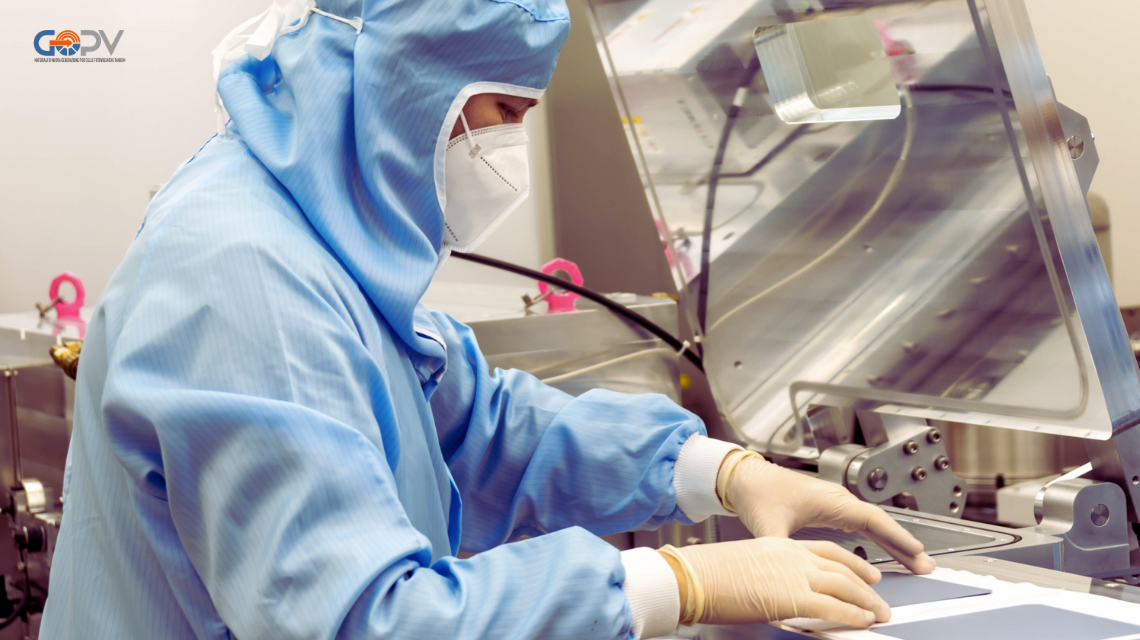Italian National Agency for New Technologies, Energy and Sustainable Economic Development

Energy: Photovoltaics, ENEA coordinates project for high-efficiency tandem cells
Creating new materials for innovative and high-efficiency photovoltaic cells that make it possible to reduce the space taken by the systems, cut costs and lessen their environmental impact, so encouraging technological transfer towards industry, is the goal of the project GOPV[1], coordinated by ENEA, which includes the universities of Naples "Federico II", Catania, Perugia, Rome Tor Vergata and Pavia, the Italian Institute of Technology (IIT) and the company BeDimensional. The project is funded by the Ministry for the Environment and Energy Security as part of the Electrical System Research activities, aimed at technical and technological innovation for the benefit of users.
Specifically, the GOPV project aims to create silicon and perovskite devices of the "tandem" type, which include two cells, each designated to effectively absorb a spectral region of light, suitable for manufacturing high-yield and small-sized photovoltaic modules.
“The project builds on the considerable know-how the partners gained in various projects, recognized both nationally and internationally,” said Paola Delli Veneri, head of the Innovative Devices Laboratory at the ENEA Research Center in Portici. “Furthermore, the GOPV represents an opportunity to aggregate national expertise in the sector, promote knowledge on the innovative eco-friendly materials available, made using low-cost and safe processes, in order to obtain high-efficiency devices and create a new industrial photovoltaics supply chain”, said Delli Veneri.
In particular, researchers will investigate new solutions to increase sustainability and stability of cell performance and safety of manufacturing processes.
As regards perovskite devices, chemical formulations produced through thermal evaporation technologies, alternative to the most commonly used hybrid, organic-inorganic types which may contain lead, will be studied, to consider scalable processes even on larger areas.
For silicon ones, new materials to be used in heterojunction cells, more transparent than the thin silicon films commonly used, will be studied. New materials, including two-dimensional ones, will then be investigated, capable of offering valid alternatives to indium tin oxide (ITO), widely used in the electronics and energy sectors, to address critical issues linked to the scarcity of indium. New research infrastructures will also be identified to further develop results.
